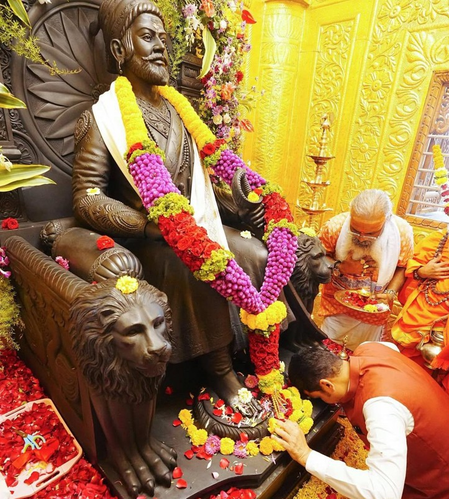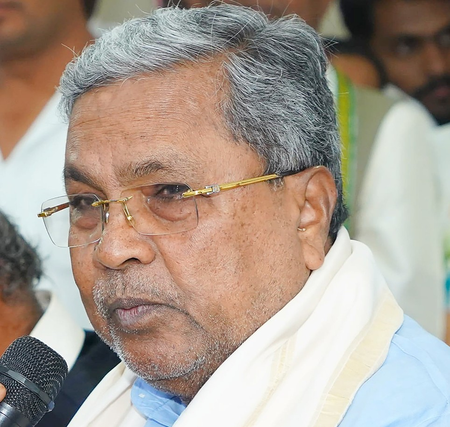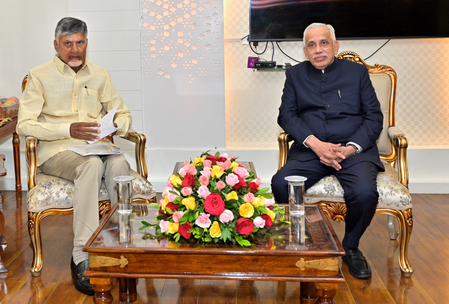

New Delhi, July 11 (IANS) In a historic decision at the 47th session of the World Heritage Committee in Paris, UNESCO has inscribed the ‘Maratha Military Landscapes of India’ on its World Heritage List, marking India’s 44th globally recognised heritage property.
This prestigious recognition celebrates the architectural brilliance, strategic military vision, and enduring cultural traditions of the Maratha Empire, spanning from the 17th to the 19th centuries.
Prime Minister Narendra Modi, Culture Minister Gajendra Singh Shekhawat, and Maharashtra Chief Minister Devendra Fadnavis hailed the recognition, calling it a proud moment for the nation.
The achievement also highlights the efforts of the ASI (Archaeological Survey of India) and the Maharashtra government in preserving these historic treasures.
The nomination, submitted in January 2024, underwent an intensive eighteen-month evaluation process, including technical consultations and a site review by ICOMOS.
The final decision was made after a 59-minute deliberation, with 18 of the 20 State Parties endorsing India’s proposal. The committee, along with UNESCO and its advisory bodies, congratulated India on this milestone.
The inscribed sites include twelve forts spread across Maharashtra and Tamil Nadu: Salher, Shivneri, Lohgad, Khanderi, Raigad, Rajgad, Pratapgad, Suvarnadurg, Panhala, Vijaydurg, and Sindhudurg in Maharashtra, and Gingee Fort in Tamil Nadu.
These forts, situated across varied terrains, from hilltops and plateaus to coastal and island locations, demonstrate the Marathas’ mastery in adapting military architecture to geography.
Protected by the Archaeological Survey of India and the Directorate of Archaeology and Museums, Government of Maharashtra, these forts stand as living testaments to India’s rich heritage. Their inclusion was based on cultural criteria recognising their exceptional testimony to a living tradition, architectural and technological significance, and deep historical associations.
India, currently ranked sixth globally and second in the Asia-Pacific region for the number of World Heritage Sites, continues to strengthen its cultural footprint.
With 62 sites on the Tentative List and active membership in the World Heritage Committee (2021–25), the country reaffirms its commitment to safeguarding and promoting its diverse heritage on the world stage.
–IANS
sktr/dan







